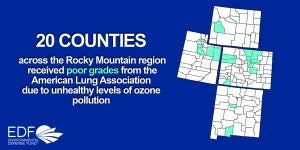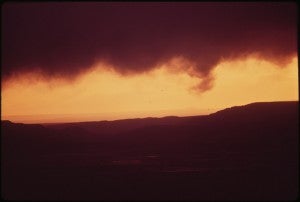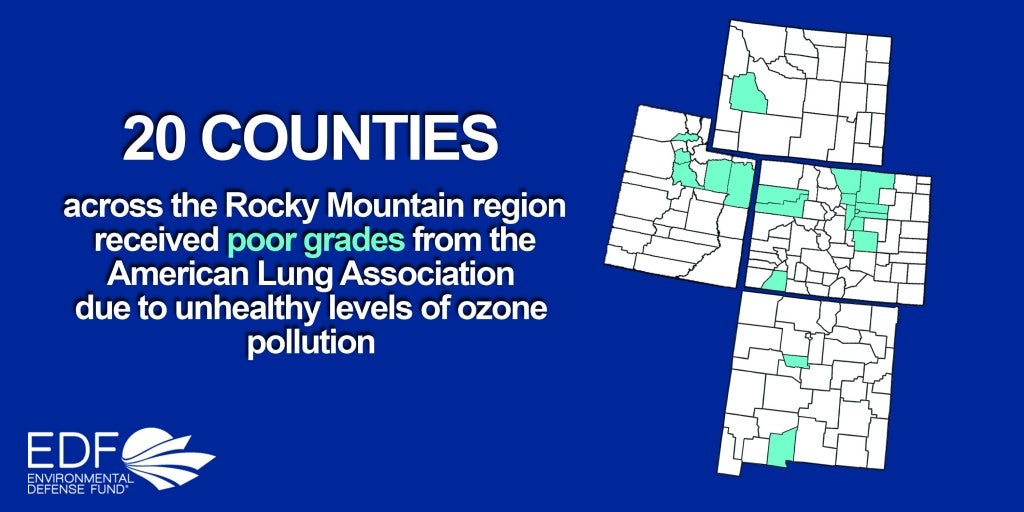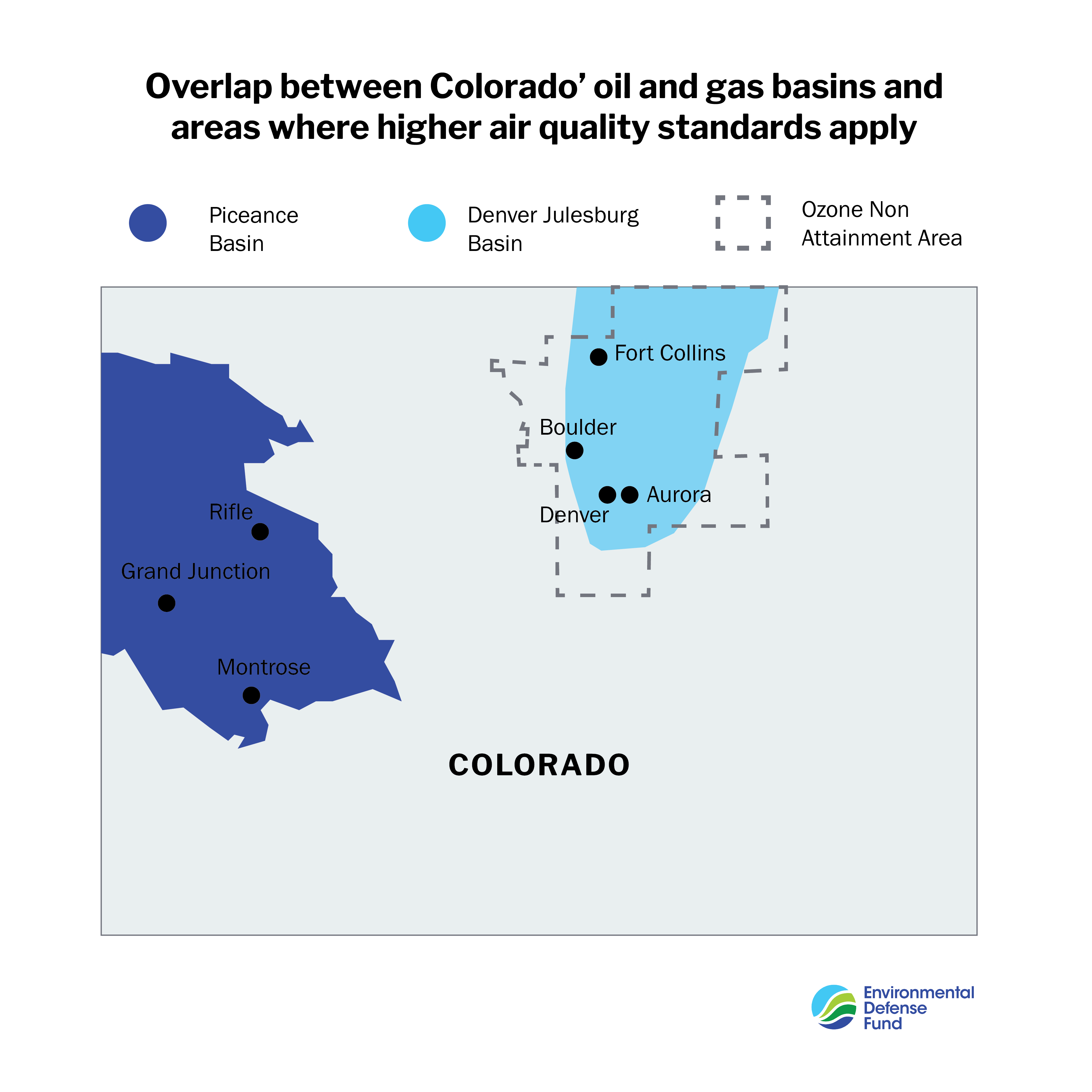
Report Card Blues: ALA Report Shows Western Air Needs Improvement
 It’s report card time for air quality in the U.S. and, unfortunately, several western states are getting grades of “needs improvement.” That’s the take-away from the American Lung Association’s (ALA) annual “State of the Air” report released today. When it comes to unhealthy ozone pollution (commonly referred to as “smog”), several western states are simply not making the grade.
It’s report card time for air quality in the U.S. and, unfortunately, several western states are getting grades of “needs improvement.” That’s the take-away from the American Lung Association’s (ALA) annual “State of the Air” report released today. When it comes to unhealthy ozone pollution (commonly referred to as “smog”), several western states are simply not making the grade.
Once mainly seen in major urban areas, smog pollution is now becoming more and more of an issue in the rural mountain west. This is bad news for local residents as smog can cause serious health impacts like aggravated asthma, chronic bronchitis, and heart attacks. At times, areas like the Upper Green River Basin in Wyoming have experienced smog levels that rival Los Angeles.
One of the main culprits? Air pollution from oil and gas development. Ozone pollution is created by an interaction between two different sorts of air pollutants, oxides of nitrogen and volatile organic compounds (VOCs). Oil and gas development provides a significant source of both of these air contaminants across many parts of the West.
In the report released today, 14 counties across the Rocky Mountain region (Colorado, New Mexico, Utah and Wyoming) received failing grades from the ALA due to unhealthy levels of ozone pollution and an additional six counties received “D” grades. Uintah and Duchesne counties in Utah have the dubious distinction of being ranked as the 7th and 15th most polluted counties in the nation for ozone (the only non-California and Texas counties in the top 15). These counties are also the two biggest oil producers in Utah.[Tweet “Report Card Blues: ALA Report Shows Western Air Needs Improvement”]
Fortunately, sensible and cost-effective measures exist to fix this problem and several states in the region are moving to put these measures into place. Specifically, Colorado passed a statewide, nationally-leading rule to substantially reduce emissions of methane and volatile organic compounds from oil and gas production. And, while more statewide action is warranted in Wyoming to address new problem areas, the Cowboy State is also at the forefront of smart air regulations finalizing requirements to reduce pollution from oil and gas sources in its Upper Green River Basin through regular leak detection inspections and other requirements. New federal rules expected this summer from the BLM and EPA will also help solve this problem. But much work remains to be done.
As today’s report card shows, more action across the region is needed to clean up the air. It’s now time for regulators across the region to hit the books and for the region’s oil and gas operators to button up their facilities to improve the air quality for all Westerners.












